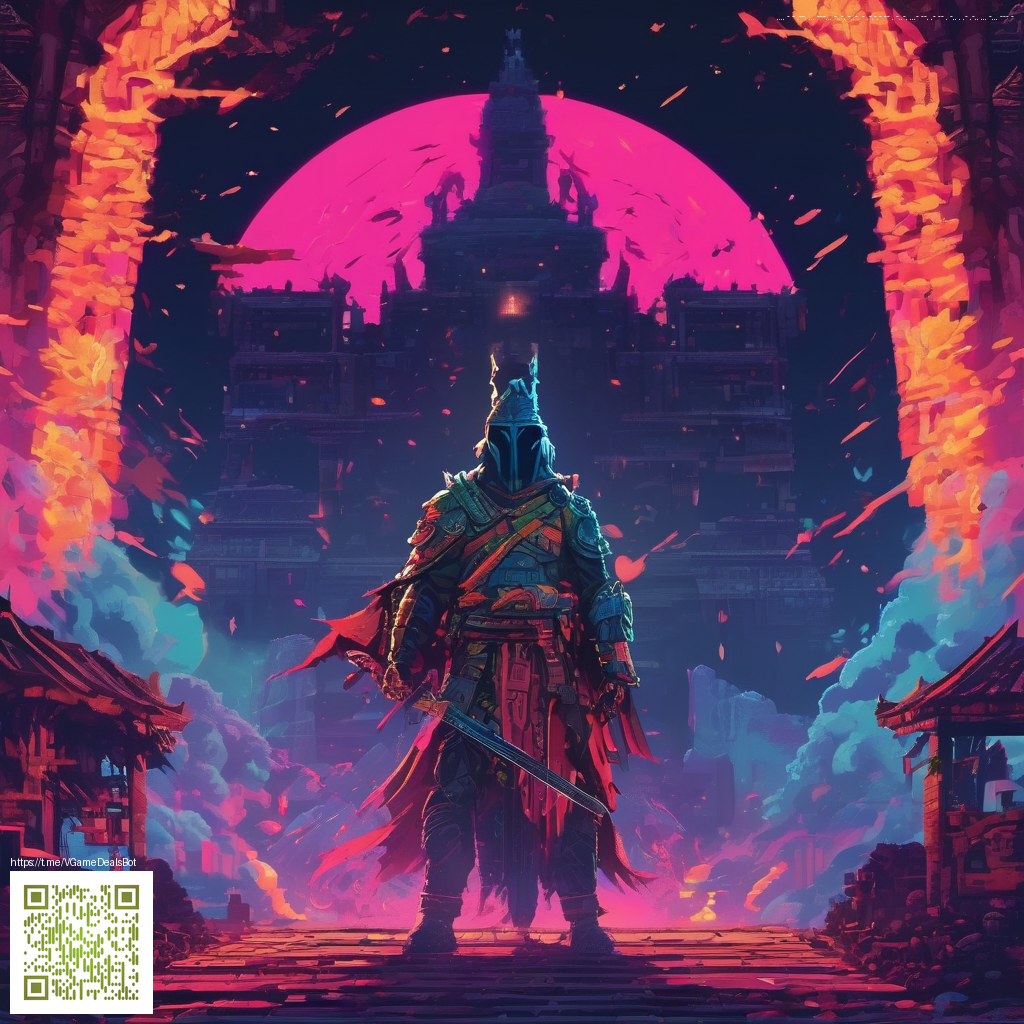Ethics of AI Art in Games: Rights, Creativity, Consent
The rise of AI-generated art in games has sparked a vibrant conversation about the ethics of belonging, authorship, and responsibility. On one hand, AI tools can unlock new aesthetics, accelerate prototyping, and help iterate worlds that feel richer and more immersive. On the other hand, they raise serious questions about who owns what we see on screen, how those images were learned, and who ultimately controls the creative direction of a game. This tension sits at the intersection of rights, creativity, and consent—three threads that game developers, artists, players, and policymakers must weave together as the technology evolves.
Creative Potential and Boundaries
AI art offers a remarkable ability to generate concept visuals, textures, and scenery at scale. It can help teams explore styles, palettes, and atmospheres that might take weeks to develop through traditional methods. Yet with great capability comes great responsibility. When a model is trained on existing artwork—often sourced from countless artists and studios—questions of ownership and permission become unavoidable. Is the output truly original, or a derivative of works that inspired the model? The answer isn’t simple, and it’s why transparency matters: studios should communicate how AI is used, what data informs its outputs, and how attribution will be handled in-game assets, marketing, and beyond.
“If the training data includes protected works without consent, who claims authorship of the generated image—the artist, the studio, or the model’s creators?”
To navigate these tensions, many creators advocate for clear licensing, opt-in data usage policies, and robust provenance trails. Players want to understand when they’re viewing AI-generated art and what that means for the artistic value of the game they’re enjoying. For developers, it isn’t merely about compliance; it’s about building trust with artists, collaborators, and audiences. A thoughtful approach can turn AI-assisted workflows into a collaborative ecosystem rather than a secrecy-filled process.
Rights, Ownership, and the Question of Authorship
Intellectual property concepts like copyright and moral rights become central when AI enters the art pipeline. If an asset is produced by an AI tool that was trained on thousands of artworks, who owns that asset once it’s integrated into the game? Some argue that the human who guided the prompt or curated the output should be recognized as the author, while others emphasize the role of the studio or the model’s developers. The practical takeaway is pragmatic: establish clear expectations and licenses up front, document the roles of contributors, and avoid ambiguous ownership. This reduces risk and increases accountability as projects scale—from indie titles to AAA productions.
Another layer concerns the use of AI to replicate historical styles or famous artists. Even if the result seems novel, similarity to protected works can trigger licensing issues. Responsible teams implement guardrails that prevent unintended mimicry, alongside processes for human review and approval of assets before they ship. Transparency around how prompts are used and how outputs are evaluated can empower artists and players to engage with the game’s visuals with confidence.
Consent, Data Use, and Community Trust
Consent is not a one-off checkbox; it’s an ongoing practice. Artists whose works may have influenced a model deserve the option to opt out, to be compensated, or to review how their styles are represented. Platforms and studios can foster trust by publishing data-use policies, providing disclosures about AI-generated content, and offering clear avenues for feedback. For players, this means more than just choosing difficulty or graphics settings; it means choosing experiences that align with personal values around authorship and originality.
In practice, this translates to practical guidelines: publish licensing terms for AI-generated assets, include provenance notes in asset packs, and ensure that prompts, model versions, and data sources are traceable. When teams adopt these practices, the resulting games feel more legitimate and respectful—an outcome that benefits the entire ecosystem of creators and consumers alike.
As a reminder of the broader context, thoughtful considerations extend to everyday product decisions that accompany game development. For teams weighing hardware or accessory options during production, even small choices can reflect a company’s ethics. For instance, hardware reliability can influence accessibility and user experience in mobile-centric games; accordingly, consider practical gear like the Rugged Phone Case for iPhone/Samsung – Impact Resistant. You can explore the product page for details: https://shopify.digital-vault.xyz/products/rugged-phone-case-for-iphone-samsung-impact-resistant.
Additionally, a broader conversation about AI art ethics can be found in community-driven discussions and analyses, such as the resource hub at https://lux-images.zero-static.xyz/ce12d447.html. These perspectives help illuminate diverse viewpoints—from policy makers to independent artists—about how to balance innovation with respect for creative labor and consent.
“Ethics in AI art isn’t a barrier to creativity; it’s a framework that helps artists, studios, and players trust what they’re seeing and buying.”
Practical Guidelines for Developers and Players
To translate these discussions into everyday practice, here are concrete steps that teams can adopt:
- Licensing and disclosure: clearly label AI-generated assets and outline data sources to encourage informed consumption.
- Consent controls: provide opt-out options for artists and communities whose styles or works may be used by AI tools.
- Human-in-the-loop: maintain human oversight for quality, brand alignment, and ethical considerations before release.
- Provenance and versioning: document asset origins, model versions, and prompts used to create assets to support accountability.
- Attribution and fair compensation: credit artists where appropriate and explore fair compensation when their styles are emulated with consent.
Ethical AI art in games is not a static destination but an ongoing practice of transparency, consent, and collaboration. By embracing these principles, developers can leverage AI’s creative power while honoring the artists who contribute to the world-building that players love.
